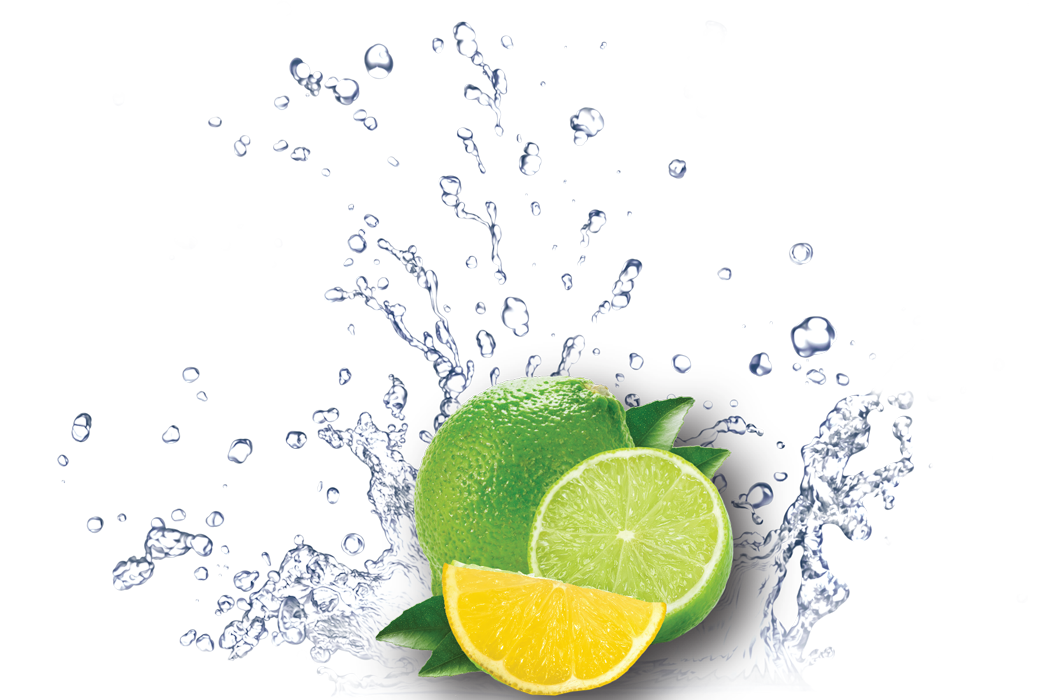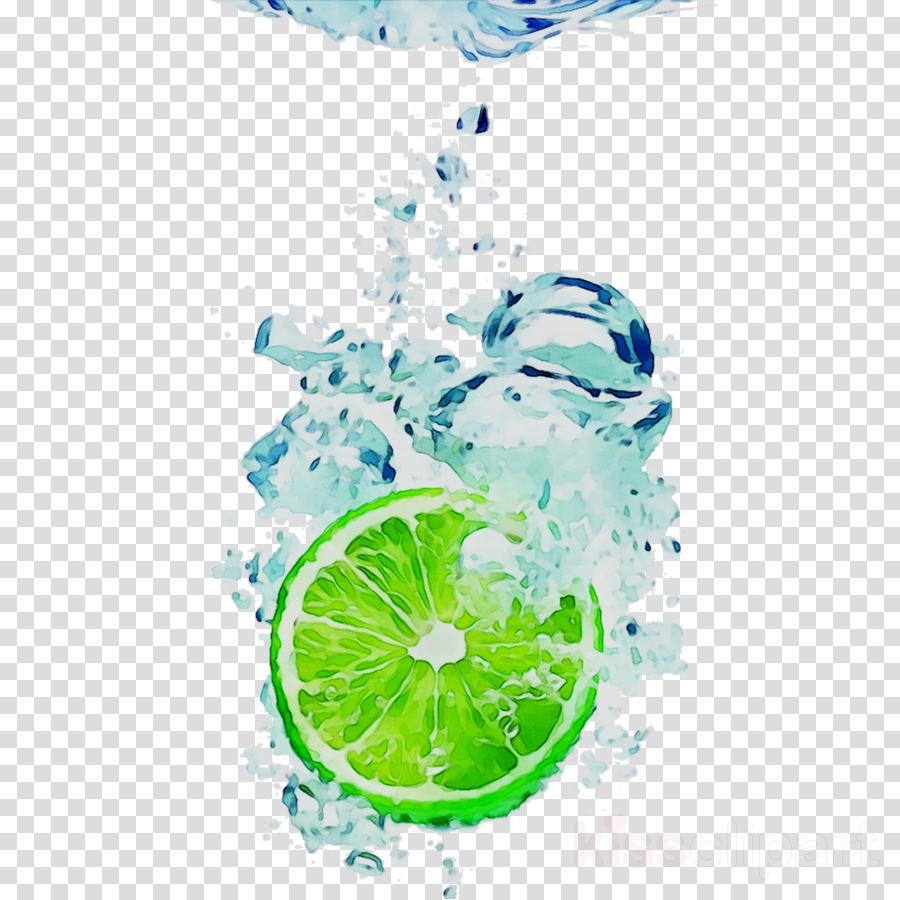

Splatfests returned in Splatoon 2, now hosted by Off the Hook's members, Pearl and Marina. Super Sea Snails were awarded to participating players upon Splatfest's conclusion. A few choice Splatfests deviated from these rules. Meanwhile, all other regions continued to play amongst each other. Both Callie and Marie danced throughout the entire duration of this event, singing and dancing to City of Color.įor the most part, each Splatfest lasted 24 hours, during which time the region involved was isolated and Splatfest players would only face off against players from their own region. Fireworks went off periodically in the Plaza, and specks of light resembling fireflies or fire embers could be seen rising into the sky. Nighttime also descended over Inkopolis and all Turf War stages. Inkopolis Plaza and all the stages were decorated with a flood of Miiverse posts from the Splatfest/Festival tag on the Splatoon community, some of which took the form of neon signs, banners, and even fireworks. The clothing section of the equip screen also became locked and all players were forced to wear the Splatfest Tee, which changed in color and design based on an Inkling's chosen team, although they could still change hats, shoes, and weapons. Inklings were limited to two colors during the Splatfest, reflecting which side they were on. During this event, Inklings were able to choose between two teams and participate in battles against each other. The origin of the word "lemon" may be Middle Eastern. The word draws from the Old French limon, then Italian limone, from the Arabic laymūn or līmūn, and from the Persian līmūn, a generic term for citrus fruit, which is a cognate of Sanskrit (nimbū, “lime”).In Splatoon, Splatfests were recurring events hosted by the Squid Sisters, Callie and Marie.

In 1747, James Lind's experiments on seamen suffering from scurvy involved adding lemon juice to their diets, though vitamin C was not yet known.

It was mainly used as an ornamental plant and for medicine. In the 19th century, lemons were increasingly planted in Florida and California. Spanish conquest throughout the New World helped spread lemon seeds. The lemon was later introduced to the Americas in 1493 when Christopher Columbus brought lemon seeds to Hispaniola on his voyages. The first substantial cultivation of lemons in Europe began in Genoa in the middle of the 15th century. They were later introduced to Persia and then to Iraq and Egypt around 700 AD. The lemon was first recorded in literature in a 10th-century Arabic treatise on farming, and was also used as an ornamental plant in early Islamic gardens. It was distributed widely throughout the Arab world and the Mediterranean region between 10. Lemons entered Europe near southern Italy no later than the second century AD, during the time of Ancient Rome. However, they were not widely cultivated. The origin of the lemon is unknown, though lemons are thought to have first grown in Assam (a region in northeast India), northern Burma or China. A study of the genetic origin of the lemon reported it to be hybrid between bitter orange (sour orange) and citron.


 0 kommentar(er)
0 kommentar(er)
